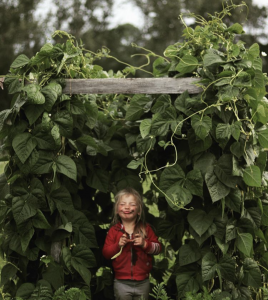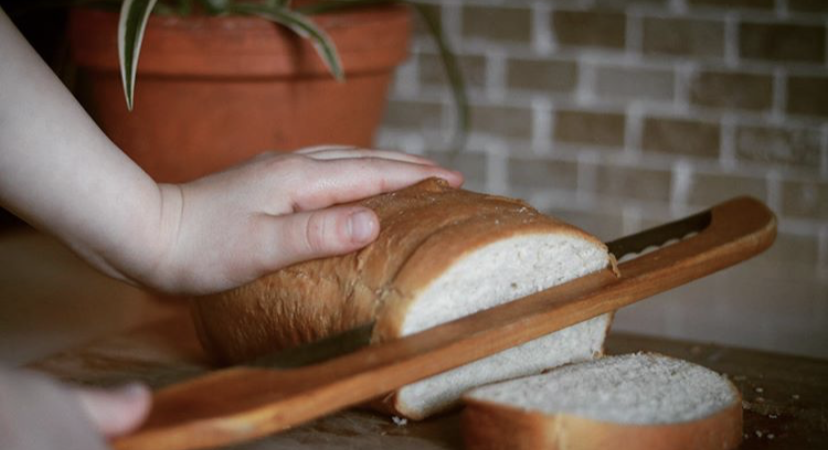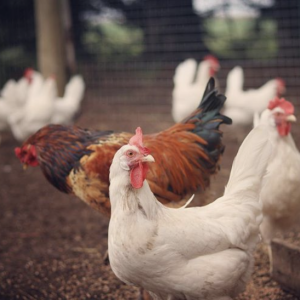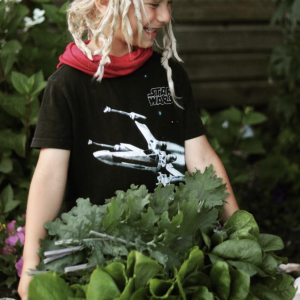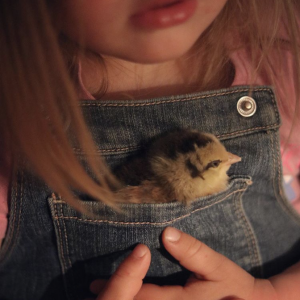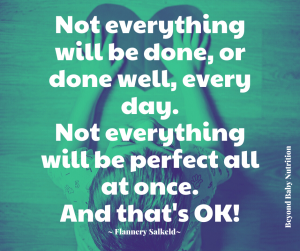In this blog we discuss
- butter industry and demand
- What is happening with our dairy products in Canada? #Buttergate
- How to make butter at home
- The seasonality of butter
- Types of butter sold in stores

Butter industry and demand
The butter industry in Canada is estimated at $ 20 billion. According to the National Post, butter sales increased 21% in 2020.
Demand for butter is generally seasonal, increasing during the holidays and other festivities that require baking. The waves of the pandemic, however, have created a new kind of seasonality: sales of butter have increased during periods of containment. As people sought solace in baking and began to cook the vast majority of their meals at home, they turned to butter.
What is happening with our dairy? #buttergate
For months now, many Canadians have noticed that the quality of dairy products has changed: e.g. cheeses with a funny texture, butter that does not soften as much at room temperature, coffee milk that does not foam properly.

Apparently, since last summer, some dairy farmers have been giving their dairy cows energy supplements. One of these supplements contains a lot of palmitic acid or … palm oil. In other words, some producers feed their dairy cows palm oil or palmitic acids – one of the most dreaded food ingredients by humans. Palm oil not only has devastating effects on the environment but can also promote bad cholesterol – which increases cardiovascular risks.
The surge in demand for butter is putting pressure on farmers. Mixing palm oil with cow feed boosts milk fat, weight, and profits.

The effects on human health of this important change in the diet of cows are not known. Sylvain Charlebois, director of the Laboratory of Agri-Food Analytical Sciences at Dalhousie University, goes so far as to say that he is extremely concerned about this change.
Some brands of butter seem to have retained the same quality. No one can say for sure which brands or products are affected by these supplements. Some companies are developing technology that will allow butter manufacturers to detect palmitic acids in the product they receive.
The recent surge in demand for butter is putting pressure on farmers. Mixing palm oil with cow feed boosts milk fat, weight, and profits. The vast majority of small producers prefer not to use their additives because they are concern about the impact on the milk’s quality. Most dairy farmers want the situation to end as soon as possible.
How to make butter at home

If you like high quality butters, you can buy cream from small local producers and make your own! This is a great pandemic project.
- 2 cups good quality high fat whipping cream
- 1/2 tsp. Salt (optional)
- Pour the cream into a bowl. With an electric whisk, whip the 35% cream with the salt (optional) at medium speed. After about 10 minutes, the cream will become lumpy, and a clear, whitish liquid will appear.
- Continue whisking gently for a few minutes, until the butter begins to form a ball around the beaters.
- Place a cheesecloth in a sieve. Place the sieve in a bowl to catch the buttermilk. Press the butter into the cotton cheese to remove the liquid.
wash the butter to remove the remaining buttermilk. Rinse the butter in a bowl of VERY cold water. This rinses out any remaining whey which could make the butter rancid, and you can even use ice water if you want. - Store the butter in an airtight container in the refrigerator. The butter will keep for up to a week.
Makes: about 3/4 cup
Cutured butter: Cultured butter has a complex flavour profile. To make cultured butter add 2 tbsp of high quality plain yogurt to the cream and combine. Let sit in a bowl covered at room temperature 8 to 24 hours before making the butter. You will know the cream is ready to use when you see small bubbles on the cream. Place the cream in the fridge about 1 hour before whipping it. After following these steps, follow the recipe above.
The seasonality of butter

Just as butter consumption depends on the seasons, so too is the butter itself.
Butter is the expression of what cows eat and their environment. The taste, color and texture of butter reflects its terroir (soil, topography and climate), the breed and the diet of the cows, its complex flavor is the result of more than 500 fatty acids and 400 compounds volatile.
In spring and early summer the butter is a darker yellow because cows eat grass at this time of year, which contains a high percentage of orange and yellow carotenes. The pasture is also filled with herbs and flowers, which gives the butter floral and herbaceous notes.In winter, the cow’s diet is supplemented with silage, so the butter is pale, more fatty, firmer and sweeter to the taste.




























